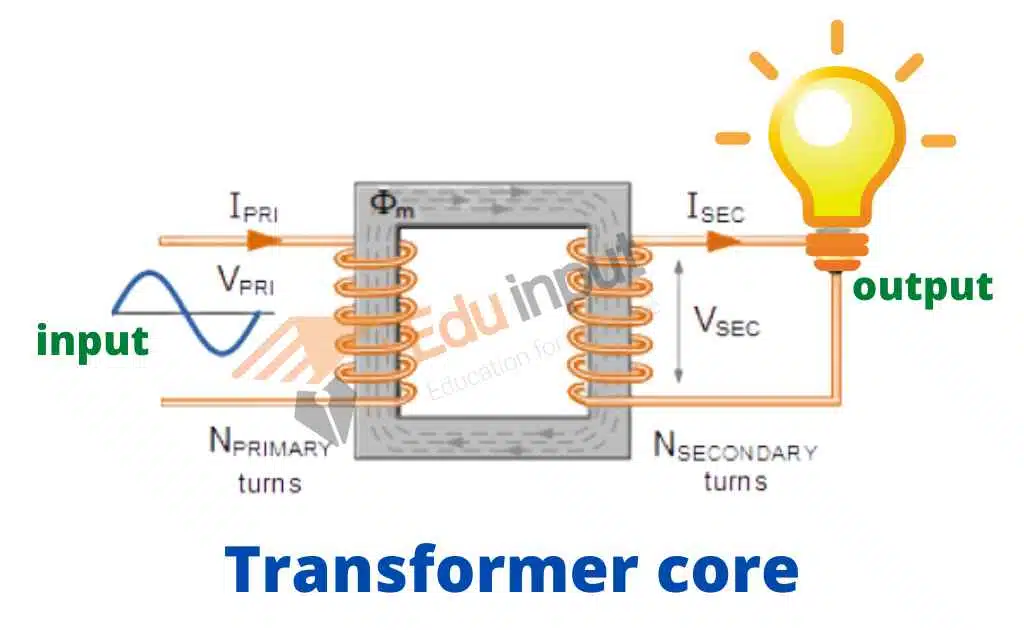What is a Reluctance Motor?-Definition, Design, And Application
A reluctance motor is an electric motor that causes non-permanent magnetic poles on the ferromagnetic rotor. There aren’t any windings on the rotors. It is possible to generate Torque through Magnetic Procrastination.
What is a reluctance motor?
This type of advanced motor is similar to a normal electric motor in that it includes both the stator and the rotor. A precise rotating magnetic field (RPM) is used by these motors to keep the speed of the rotor constant. The low cost and high power density of these motors make them attractive in a number of applications. The working principle of a reluctance motor is that whenever a magnetic material is located within the magnetic field, it always brings into line the less reluctance way.
Reluctance Motor Design
There are multiple projecting (salient) electromagnet poles that are similar to a wound field brushed DC motor in the stator. Soft magnetic material, such as laminated Silicon steel, has multiple projections that act as magnetic poles through magnetic reluctance. The number of poles in a switched reluctance motor is usually less than the number of poles in a conventional motor, which prevents the poles from aligning at the same time.
The rotor pole is said to be in the “fully unaligned position” when the stator pole is equidistant from the two other poles. The maximum magnetic reluctance for the pole is located at this location. In the “aligned position”, two (or more) rotor poles are fully aligned with two (or more) stator poles, which means the poles completely face the poles. When a pole is switched on, the Torque is in the direction that reduces reluctance.
When picking up ferromagnetic metal with a magnet, the nearest rotor pole is pulled from the unaligned position into the alignment with the stator field. The motor variant that runs on 3-phase AC power is known as the synchronous reluctance variant. The electronic commutation gives significant control advantages for motor starting, speed control, and smooth operation, which is why most modern designs are of the switched reluctance type.
Types of Reluctance Motor
There are two types of the reluctance motor.
Synchronous Reluctance Motor
This can be achieved with the help of a three-phase stator winding as well as a rotor, as well as with the use of magnetic poles and inner magnetic flux walls. The modified squirrel cage is executed frequently in the region of the poles so that it helps the effect of induction to turn into self-starting.
When the motor is activated, it is moved near to the speed it should be at, after that it locks into the speed it should be at through the reluctance of the barriers of the rotor flux.
Switched Reluctance Motor
Some poles are included in the switched reluctance motor. The simple structure of this motor makes its construction less expensive than an electric motor. The motor works without a mechanical commutator because it is kept inactive for long periods in environments like mining.
The motor phase windings are isolated from each other and result in higher fault tolerance than the AC motor driven by an inverter.
Applications
The reluctance motor is used in the following applications.
- Signaling Devices
- Recording Devices
- Automatic regulators
- Control Devices
- Electric vehicles
- Gramophones
- Tele printers
- Analog electric meters
- Clocks







Leave a Reply